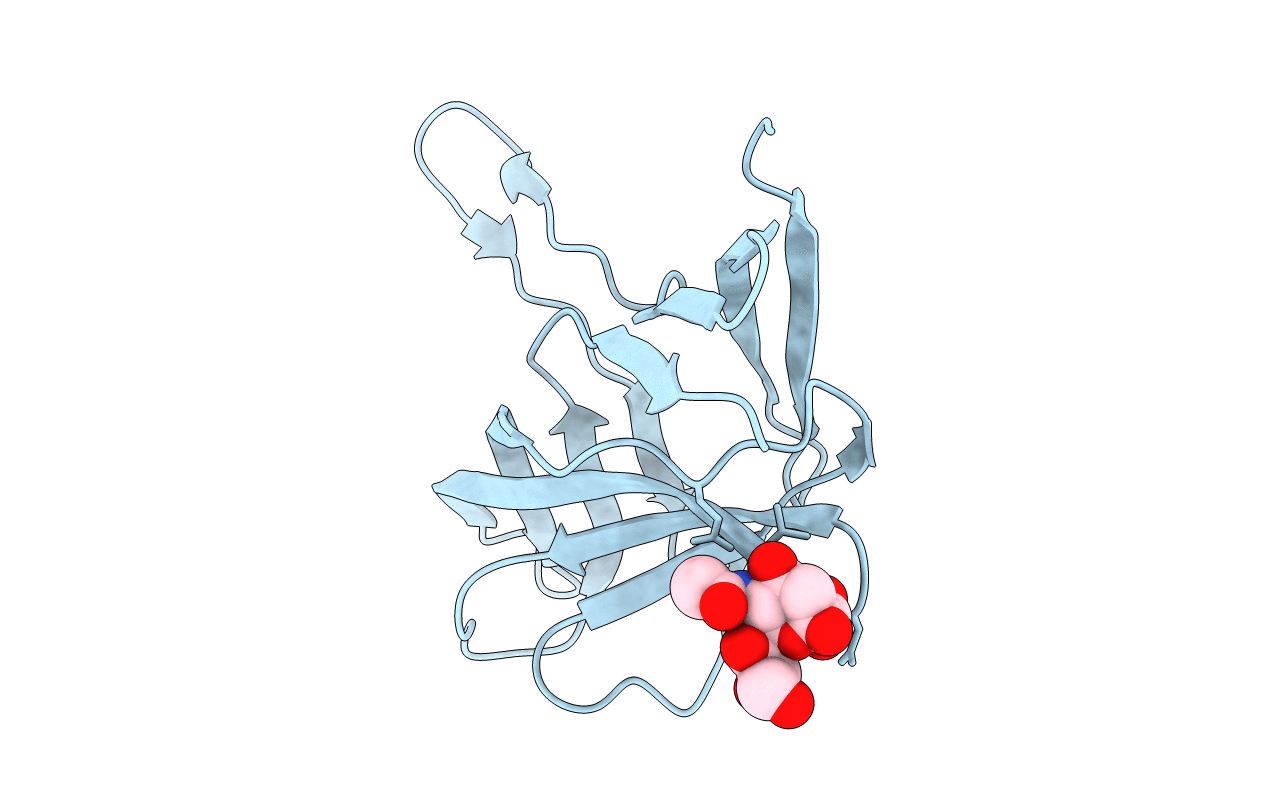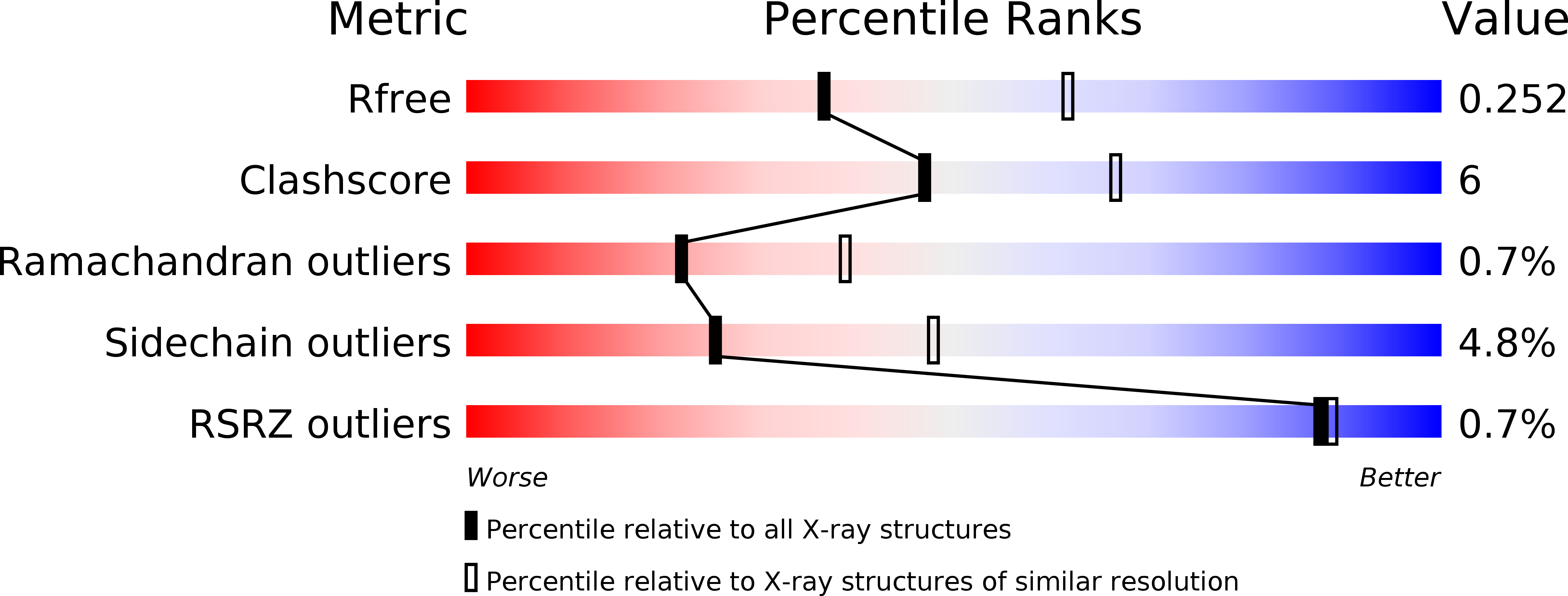
Deposition Date
2014-11-08
Release Date
2015-10-14
Last Version Date
2024-05-08
Entry Detail
PDB ID:
4D62
Keywords:
Title:
Structure of the carboxy-terminal domain of the turkey type 3 siadenovirus fibre, avirulent form complexed with 3-sialyllactose.
Biological Source:
Source Organism:
AVIRULENT TURKEY HEMORRHAGIC ENTERITIS VIRUS (Taxon ID: 318490)
Host Organism:
Method Details:
Experimental Method:
Resolution:
2.50 Å
R-Value Free:
0.25
R-Value Work:
0.19
R-Value Observed:
0.19
Space Group:
I 2 3


